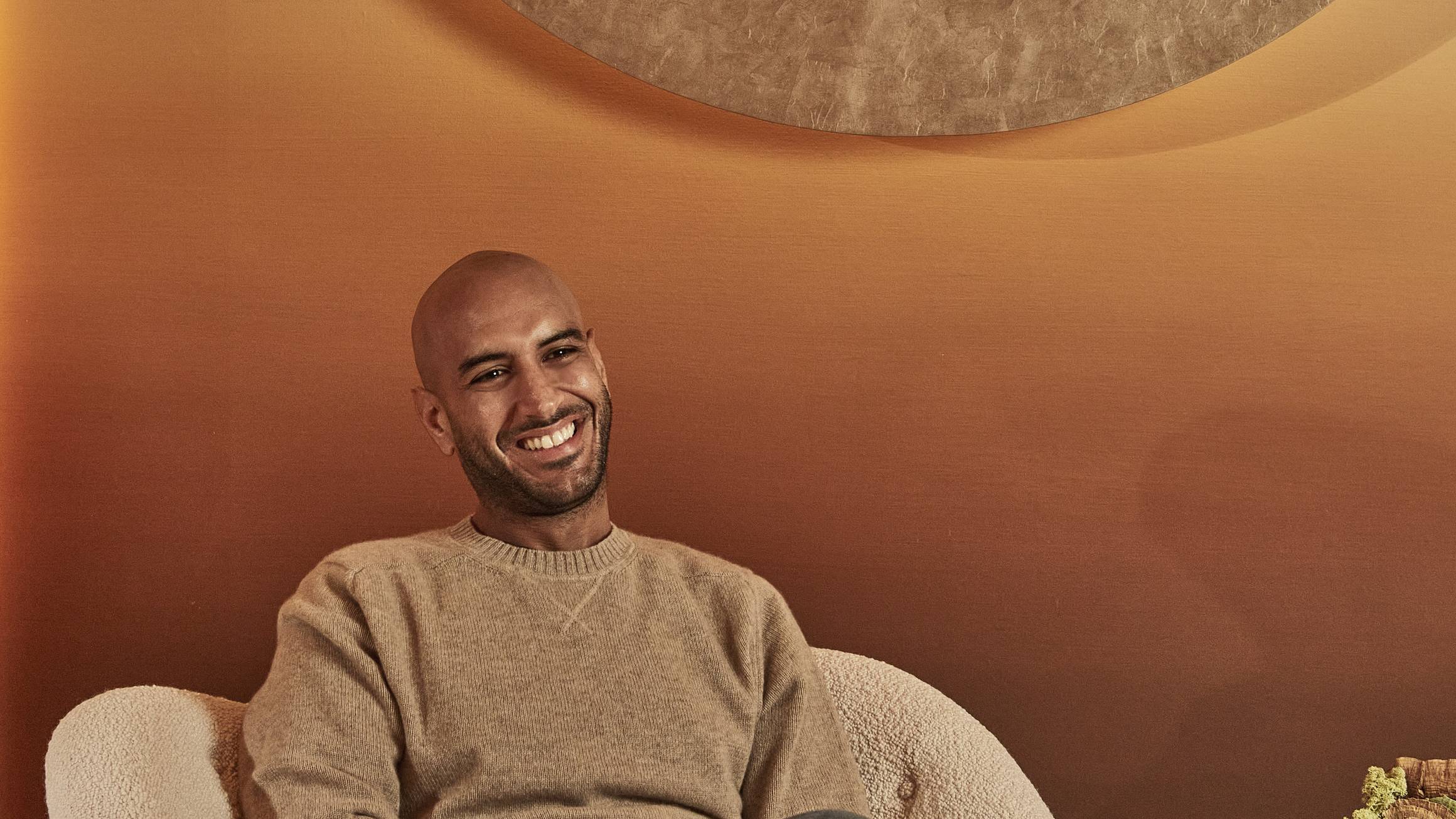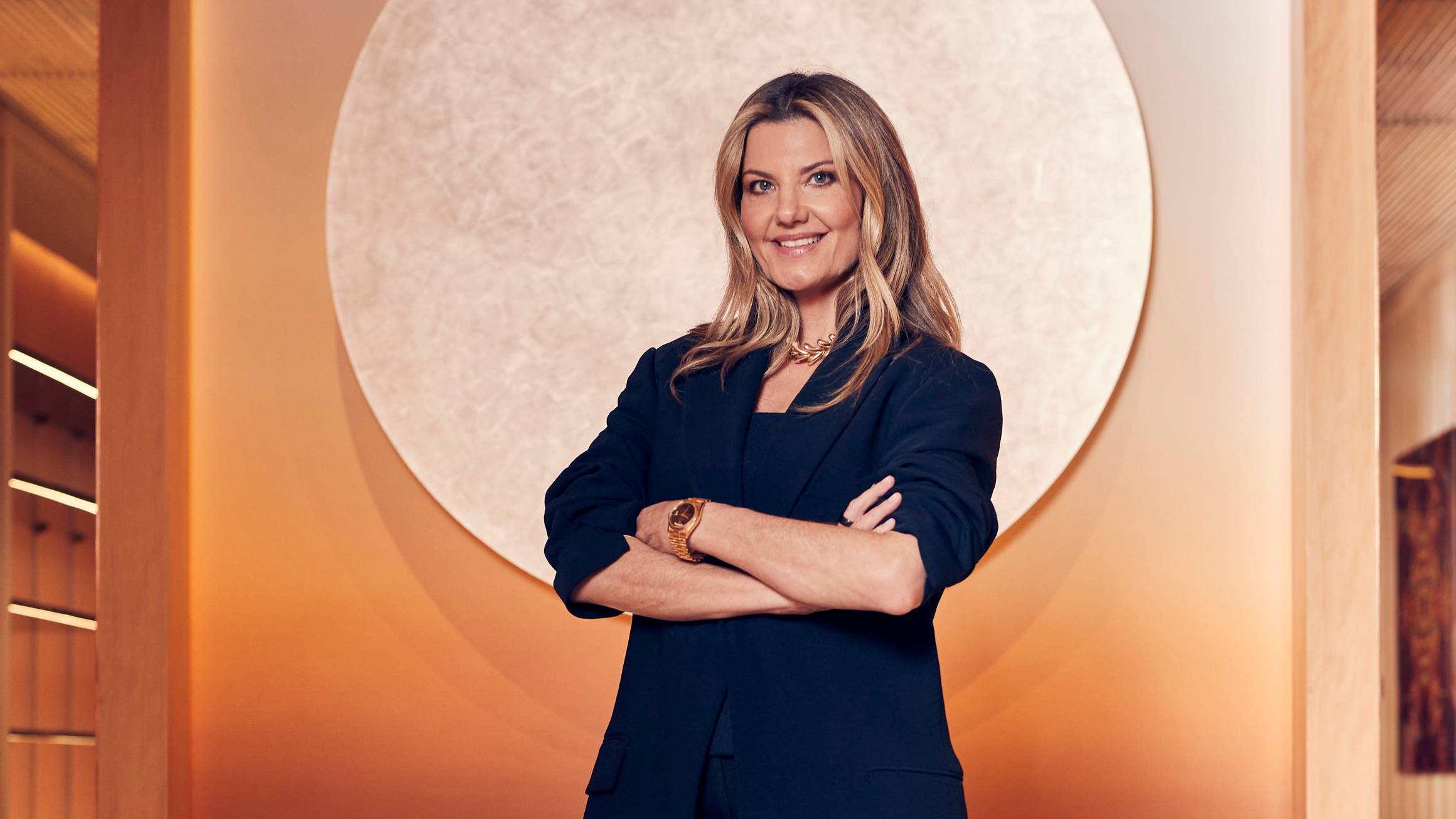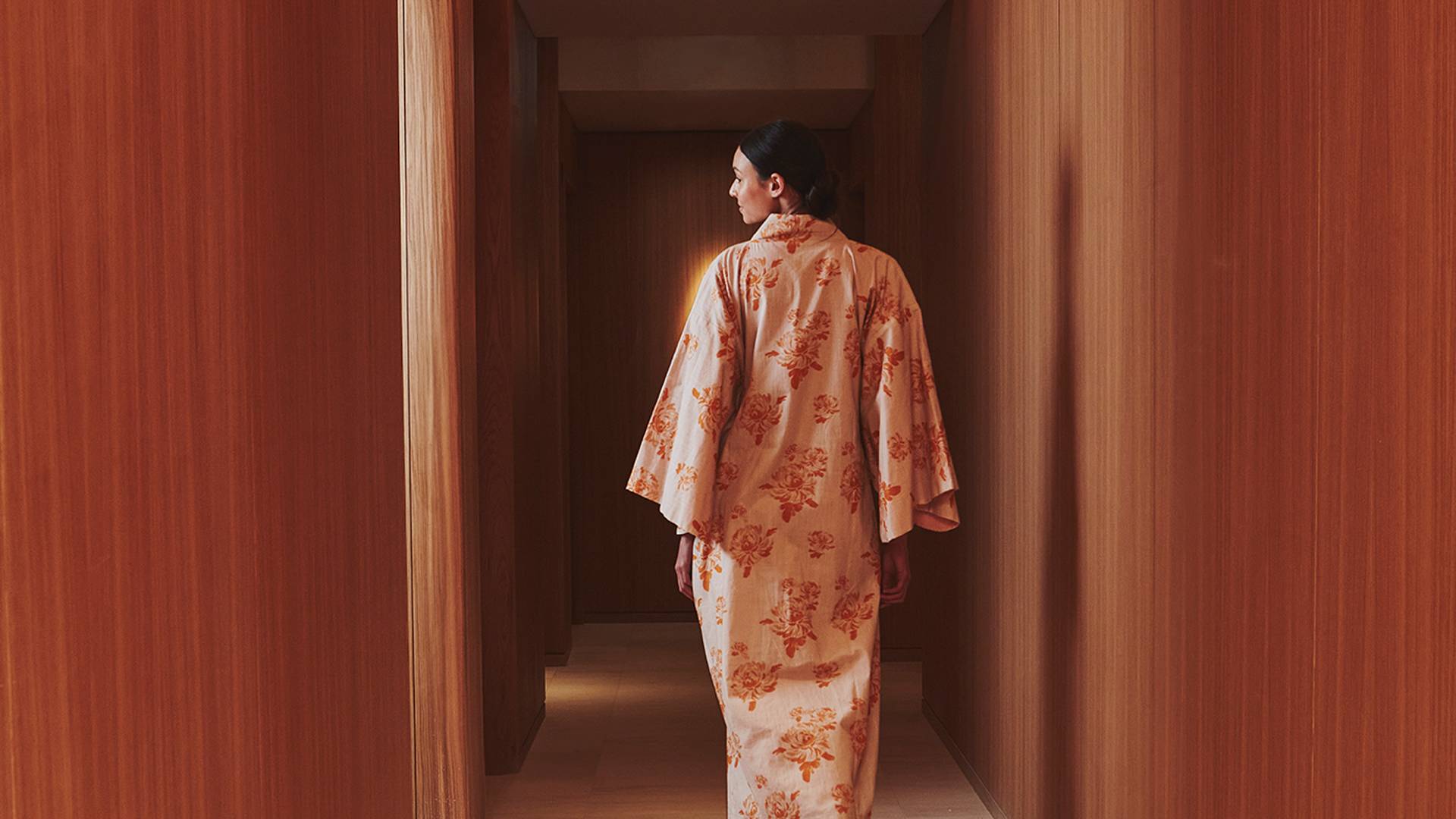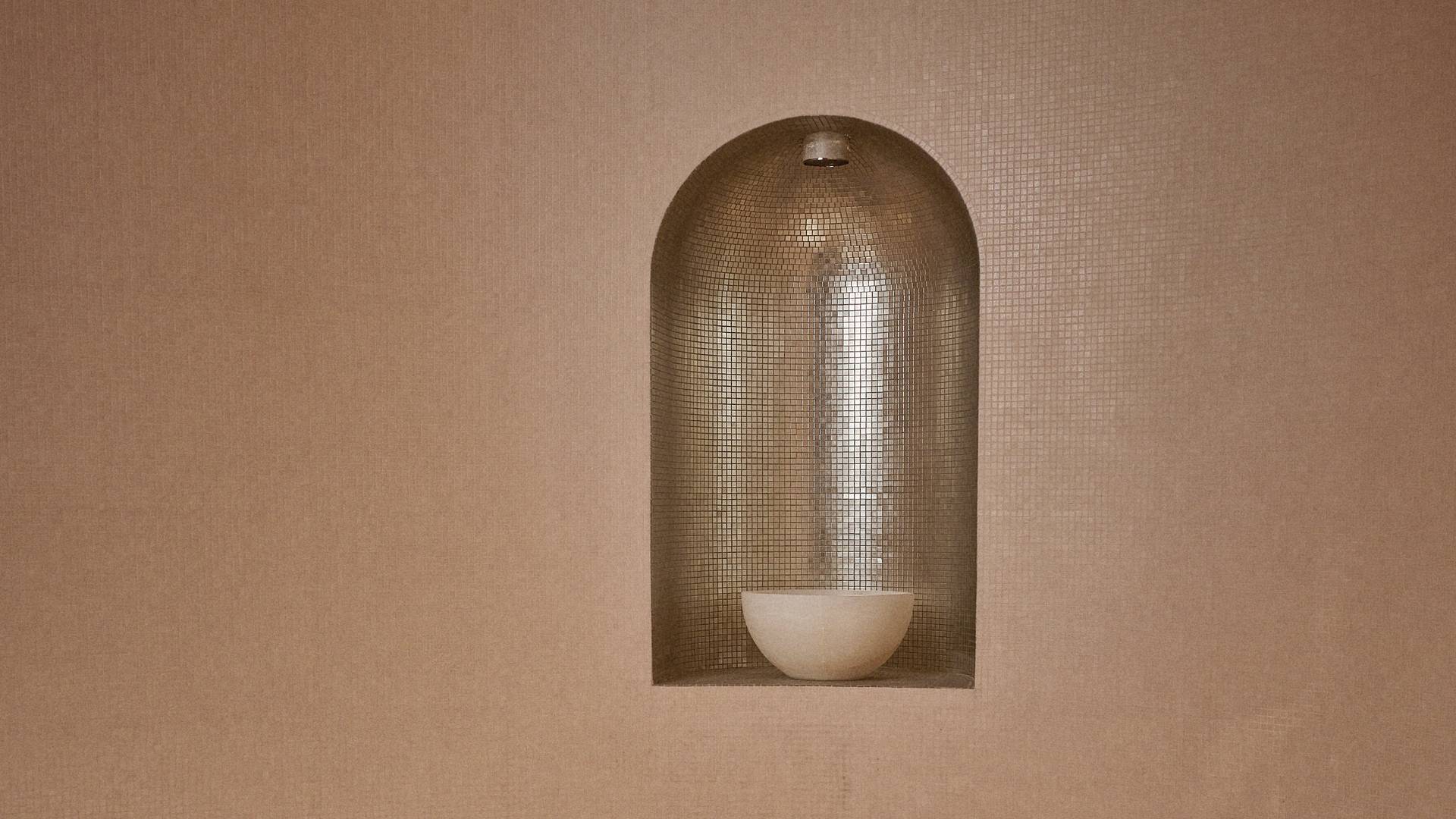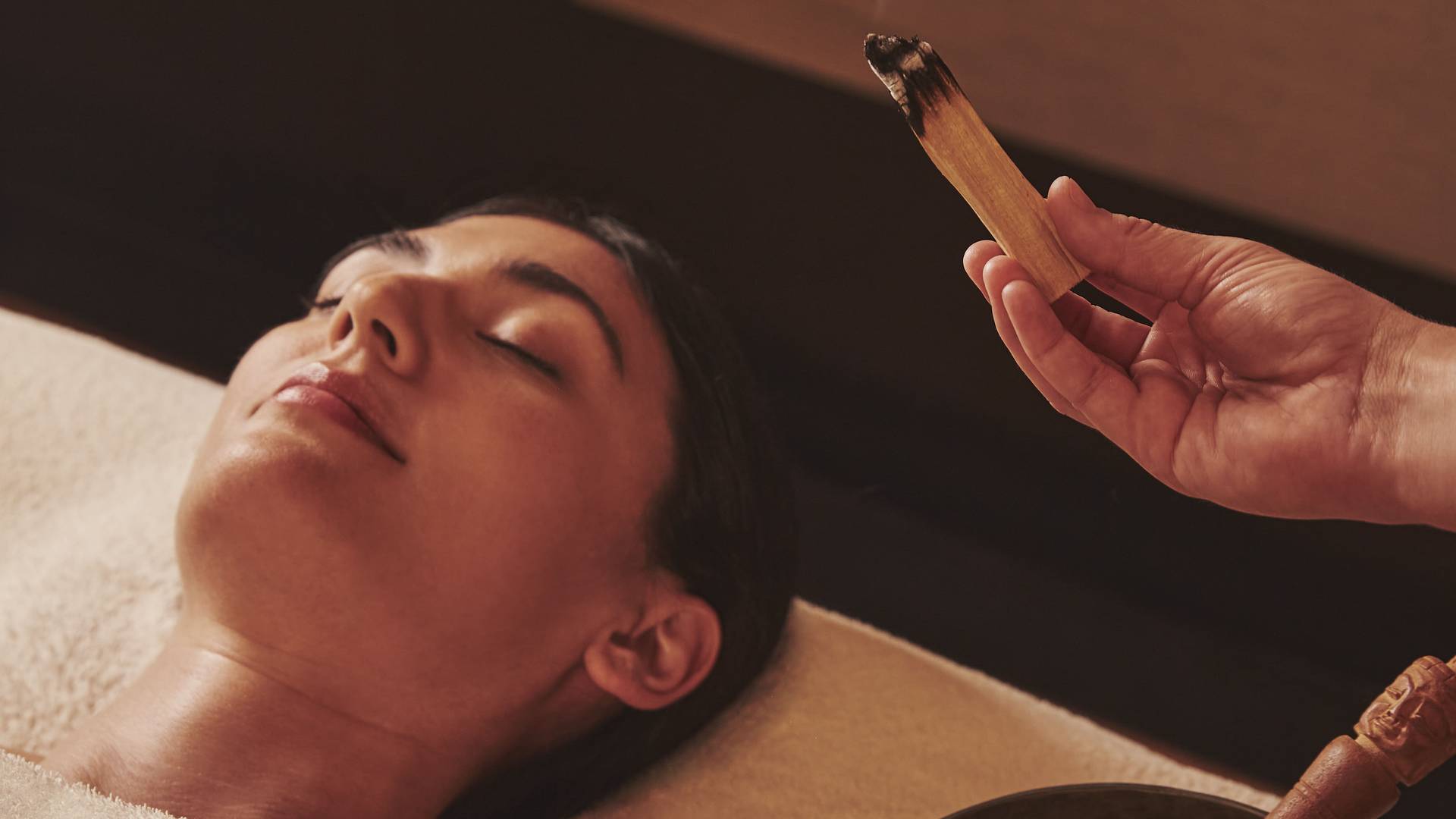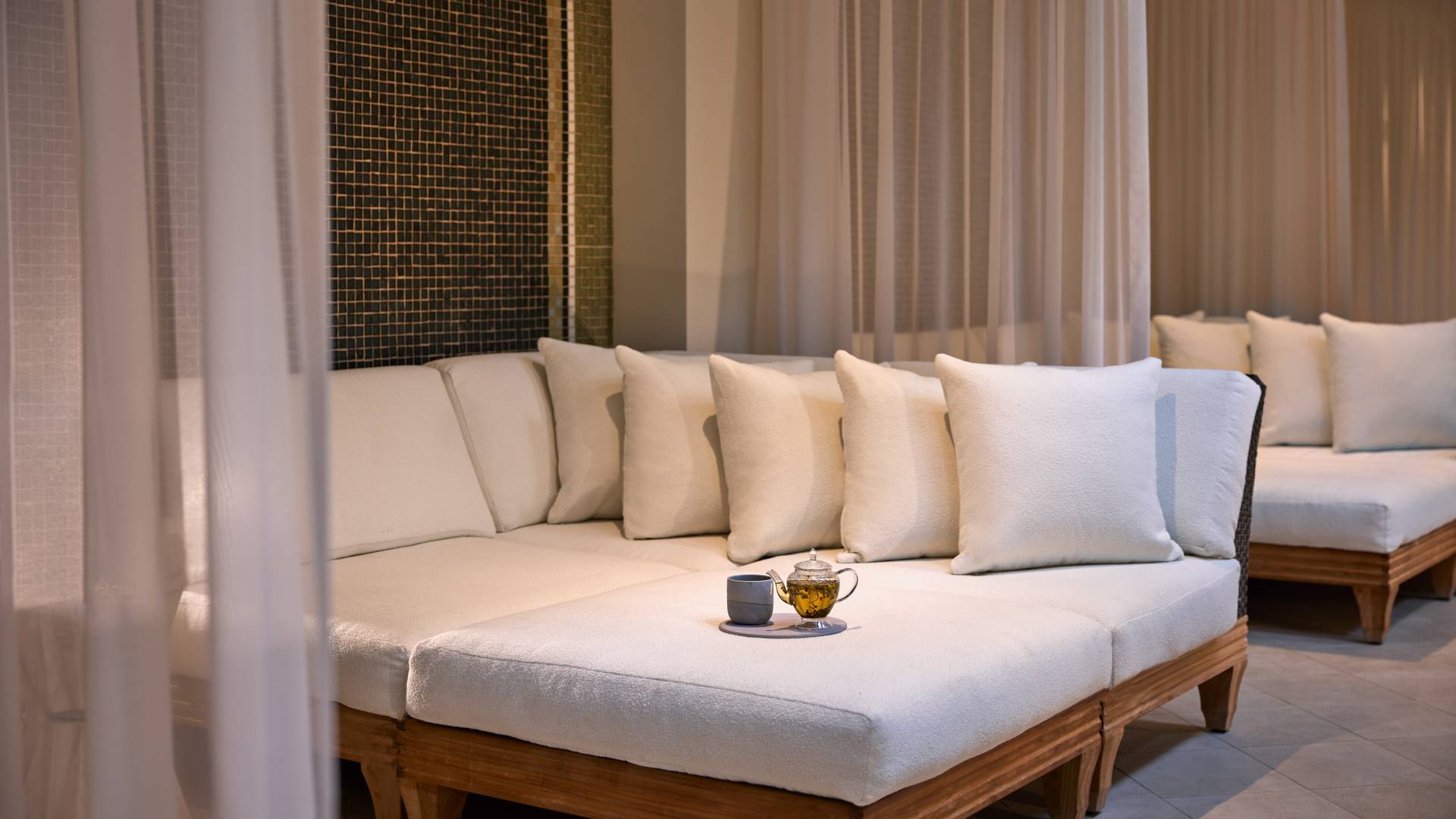Sleep is complex. There’s no one size fits all. So it’s not surprising that the global sleep economy is estimated to be worth $95 billion dollars. And to get to the bottom of the issue, it helps to dig deep, as Dr. Mikhail notes: “I like to first assess nutrition, exercise, and stress management,” says Dr. Mark. Then I see if sleep lab diagnostics or medical therapies are needed. Either way, sleep takes focus and consistency.”
Lately, I’ve been trying to stick to an evening protocol. As advised by my functional health practitioner, I don’t eat too late, avoid late-night screens and phones, and opt for a warm, soapy bath with magnesium flakes, followed by journaling with a cup of Sleepy Tea. On sleepless mornings, I try to start the day brightly. I’ll book a PT session in Hyde Park or take a swim in the Serpentine.
“I sometimes imagine how glorious it would be to sleep in a cool, dark cave with no electricity – albeit with 500 thread count, Egyptian-cotton sheets.”
During the day, I make time for NSDR: non-sleep deep rest; maybe breathwork or hypnotherapy with the award-winning Malminder Gill at Surrenne. Through hypnotherapy sessions, she helps me shift unwanted patterns and thoughts, removing the blocks that are preventing a good night’s sleep. Gill uses these techniques to help reduce physical stress and support her clients in accessing deeper states of relaxation and heightened alertness to close the productivity gap.
I’ve discovered that the real secret to better sleep is not deeply worrying about it; focusing instead on energy levels or the parasympathetic phase during the day. Even if it’s just ten minutes, pause and recalibrate the nervous system.
Alas, modern life isn’t conducive to shut-eye. I sometimes ...imagine how glorious it would be to sleep in a cool, dark cave with no electricity – albeit with 500 thread count, Egyptian-cotton sheets – instead of a city with light and noise pollution, tech stress and jet lag. So I try to set myself up for success by creating an environment as close to that cave as possible. I make the house top up its lights-out as an airport runway into a magical fluffy cloud at the end, ready and waiting so I can float into a dreamy slumber.
That runway includes eating at least three hours before I go to sleep. And soaking with my favourite Neom magnesium bath milk relaxes my muscles. A sauna or steam at The Connaught also works well by raising the body’s temperature, which is proven to help falling asleep.
I try to ditch my phone or laptop an hour before bed, dim the lights and order a camomile tea from room service – particularly decadent when sipped from Claridge’s blue china. I spritz my pillow with Bamford spray and slip on a sleep mask from the Surrenne shop, because even the tiniest light can keep me awake. Then it’s time for the fluffy cloud. And if I happen to wake, I’ll take a Snooze pill by Leapfrog (it’s filled with lactium, a bioactive peptide that induces a delicious drowsiness, like a baby who has just downed a bottle of milk).
For jet lag, I’ll ask Dr Mark for supplements to help get my circadian rhythm back on track. And I’ll enjoy a relaxing scalp treatment and a session in the hyperbaric oxygen chamber at ne: flooding the body with oxygen is proven to enhance shut-eye.

